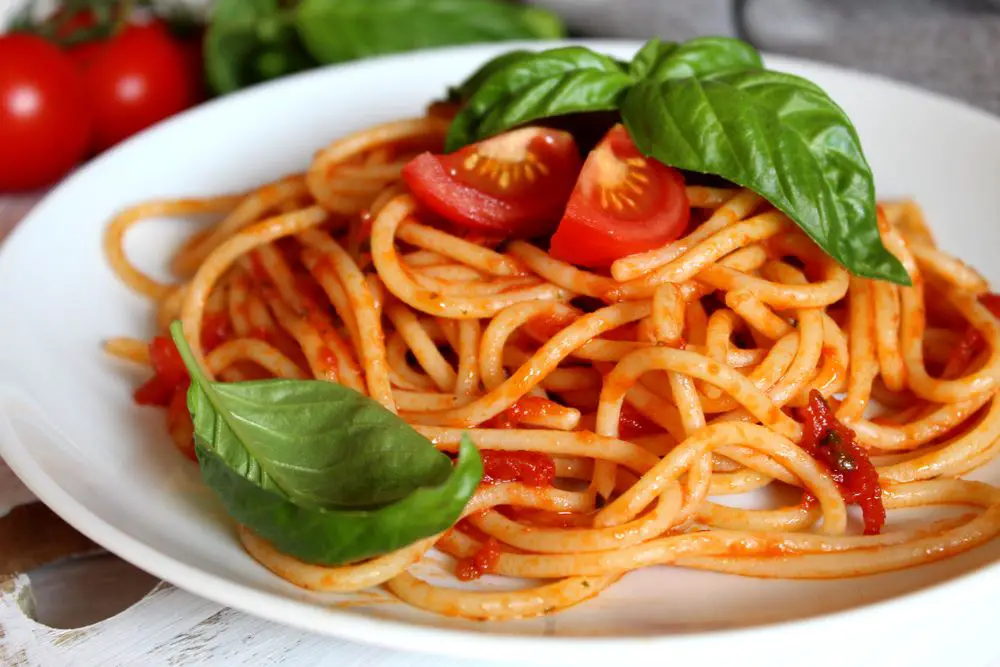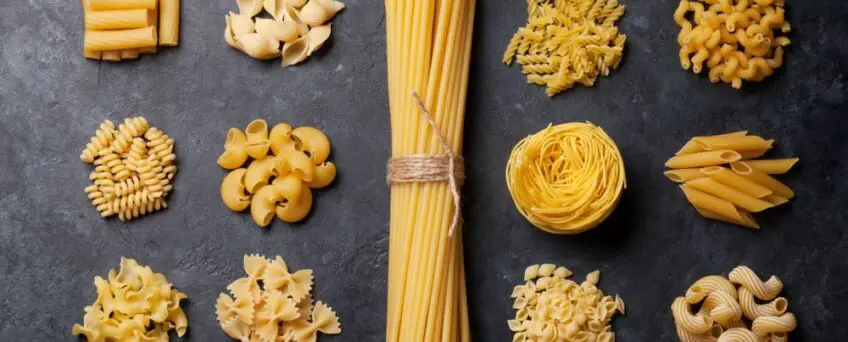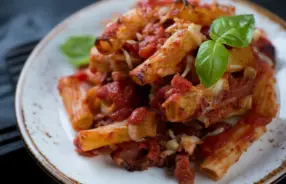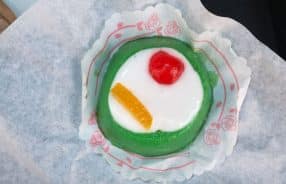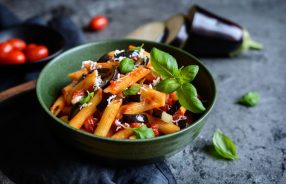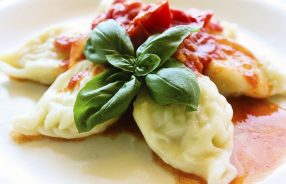How Pasta Was Born, The Extraordinary Origin And History Of Italian Pasta
Pasta, not only the food most loved by Italians but also the one that, together with pizza, characterizes Italy in the world. It will seem strange, but pasta was not invented or consumed for the first time in Italy.
Then, who invented pasta? This question is not easy to answer.
First of all, we must distinguish between two categories of pasta: Italian and Chinese, which must also be divided from a historical point of view, being the distinct fruit of two vast and long-lasting gastronomic cultures that have developed these types of food over many centuries, in a manner completely parallel, independent and different, without one coming into contact with the other. Let’s take some examples:
Italian Pasta
Such as the traditional Emilian pasta, the art of stuffed pasta, the popular spaghetti, the pasta of Campania, the pasta of Gragnano PGI, the classic maccheroni, the Ligurian pasta, the Apulian, Sicilian, etc. is that which has spread gradually throughout the West and in Mediterranean areas;
Chinese Pasta
Such as Pekingese pasta, wàhntān, lāmiàn, Cantonese pasta, etc. spread largely in the Asian countries of the Far East.
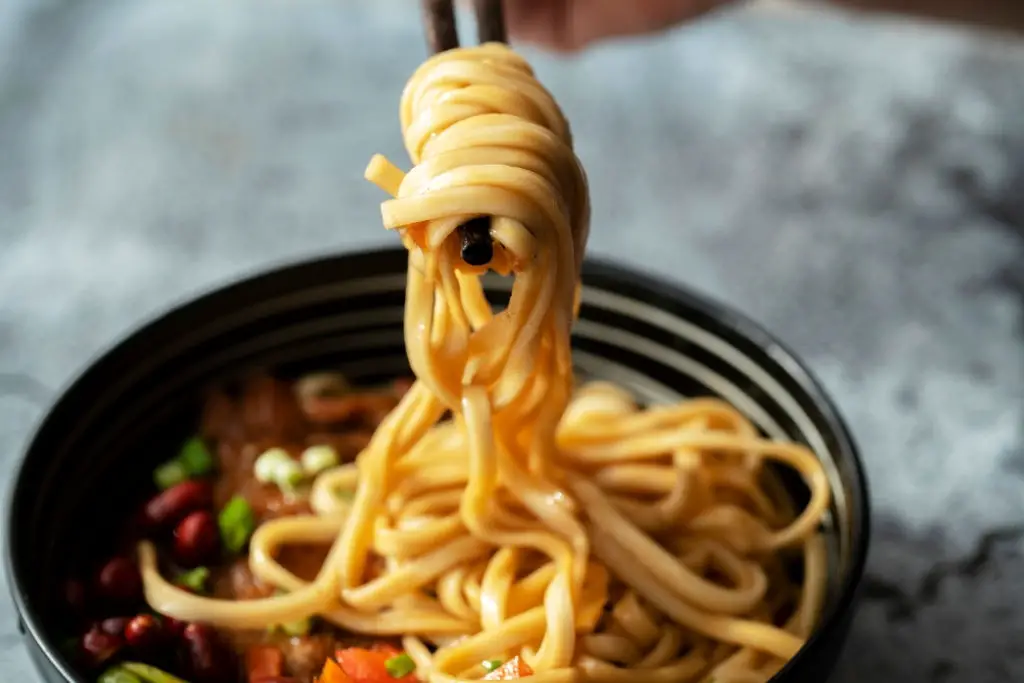
As for Italian Pasta, what is certain is that already the Romans, the Greeks and the Etruscans knew the ancestor of the Lasagna, called the “Lagana”, thin sheets of pasta stuffed with meat and baked in the oven. In an Etruscan tomb in Cerveteri, was found everything needed to make a good pasta sheet.
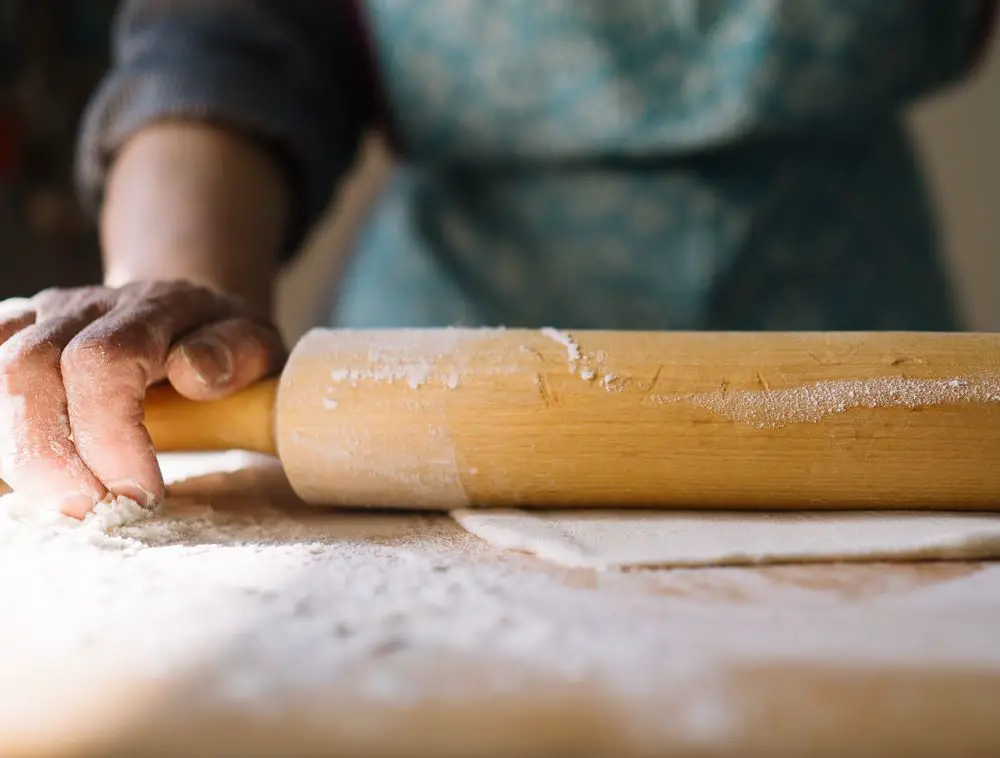
To find something more similar to our semolina pasta it is necessary to go back to 1154, when in Sicily, there was a pasta that still today is called “vermiceddi di tria” (vermicelli) or “tria bastarda” and whose processing method was imported by the Arabs. It was a type of dry pasta, suitable for long-term storage and transported to distant destinations, particularly as a food supply during desert movements.
One thing is certain: pasta, in Italy, was known well before 1295, the year of Marco Polo’s return from China and his contact with Chinese “spaghetti”. As early as the Twelfth century, Genoese merchants spread pasta from western Sicily throughout northern Italy. These pastas were combined with the most varied condiments: generally, grated cheese in large quantities and powdered spices; in the Fifteenth century, even butter, often combined with sugar and cinnamon, will appear. In general, on the aristocratic tables pasta was considered a side dish, while for the popular masses it was instead a complete dish.
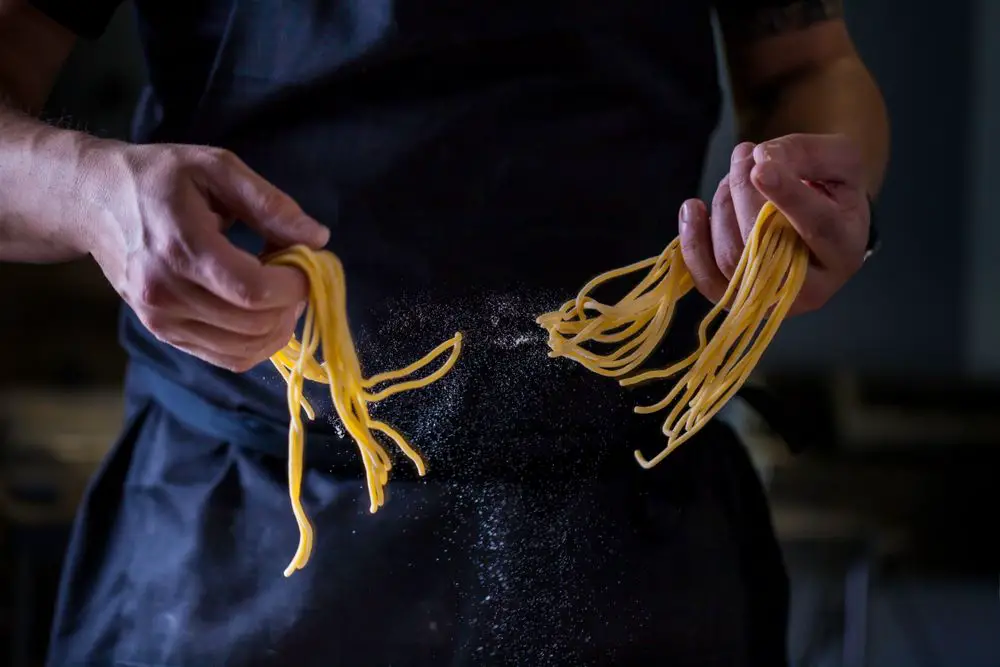
The production of pasta, meanwhile, began to climb the “boot”, moving throughout southern Italy and in Liguria, where the dry and windy climate favored drying pasta in the open air: Gragnano, Torre Annunziata are the most famous, but also Apulia region. The rest of Italy, for climatic reasons, remained linked to the production of egg pasta, not dried and probably born from the contamination with the Roman “Lagana”. But pasta, although widespread, was not yet a mass dish. It will become so only in the ‘600, when a terrible famine struck the Kingdom of Naples, dominated by the Spanish: the consumption of meat and bread collapsed. So, the population turned to pasta, which the producers made cheaper thanks to a technological revolution: the invention of the kneading machine, the press and the die.
Later, in Naples, the inseparable companion of pasta was also invented: tomato sauce. In fact, as already mentioned, the pasta was initially dressed with honey and spices, in particular cinnamon (it seems so wired!). In 1500 the custom of selling pasta as street food spread in Naples. It was eaten by hands, with nothing or just seasoned with cheese. The sauce married her only in the 1800s. A sauce with tomatoes, basil and a pinch of salt replaced the pale pasta from the kiosks. The first recipe for pasta with sauce is from 1839 and since then it has conquered the heart of all of Italy (today in Italy 3.3 tons of pasta are produced per year) and of the whole World.
Now, you have to discover the countless authentic Italian recipes for Pasta: click here!
